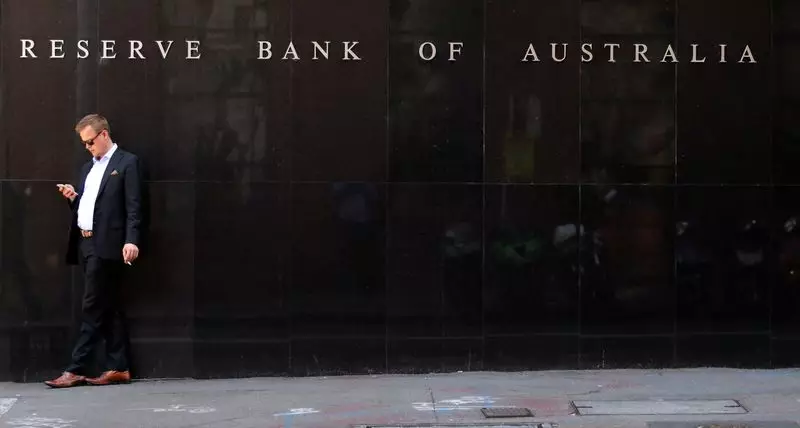In a recent address, Sarah Hunter, Assistant Governor of the Reserve Bank of Australia (RBA), provided insights into the current state of inflation expectations in Australia. Contrary to the worries circulating in financial and economic circles about inflation expectations becoming “de-anchored,” Hunter emphasized that the RBA does not perceive this as an imminent risk. Her remarks come amid a backdrop of rising prices that have had a significant impact on the Australian economy. The central bank’s observations suggest that households may not be as alarmed by recent inflation spikes as previously thought, indicating a level of resilience among consumers.
This stance reflects a broader trend where wage growth does not consistently correlate with inflation expectations. While some may anticipate an escalation in inflation due to increasing wage demands, the current RBA findings imply a disconnect between these two critical economic indicators. Hunter’s assertion that inflation expectations remain stable is a crucial factor for policy formulation, as it allows the RBA to maintain its current monetary course without immediate panic.
Since November, the RBA has opted to maintain interest rates at a steady 4.35%. This rate, which marks a significant rise from the pandemic-era low of 0.1%, is viewed as adequately restrictive to guide inflation toward its target range of 2%-3%. The choice to hold rates steady comes amid underlying inflation continuing to hover around 3.9%, a sign that while inflationary pressures are present, they have not escalated to the level where drastic measures are necessary.
The RBA’s cautious approach is a calculated strategy aimed at finding a delicate balance between curbing inflation and supporting ongoing employment gains achieved since the pandemic. Policymakers understand that rapid adjustments to interest rates could have detrimental effects on the job market, and as such, they are treading carefully. However, the persistence of underlying inflation means that carefree forecasts for the future are not an option. The RBA does not foresee inflation reaching the midpoint of its target band before 2026, suggesting that persistence in managing inflation will remain necessary.
The financial markets have been reacting tentatively to the RBA’s assessments, with swap rates indicating just a 40% likelihood of rate cuts occurring in December. This reflects hesitance among investors who are weighing economic indicators and the central bank’s signals. The market’s interpretation of the RBA’s current stance demonstrates a cautious optimism, mixed with skepticism about future monetary policy changes.
As the economic landscape continues evolving, maintaining a watchful eye on inflationary trends and consumer expectations will be paramount for the RBA. The emphasis on understanding the formation of these expectations and their potential shifts are indicative of a central bank prepared to adapt its strategies in response to new data. Thus, while immediate threats of de-anchoring expectations may be absent, staying proactive will be crucial in managing any eventual shifts that may arise. As Australia navigates these complex economic conditions, the RBA remains committed to balancing the need for stability and growth against the immutable forces of inflation.

